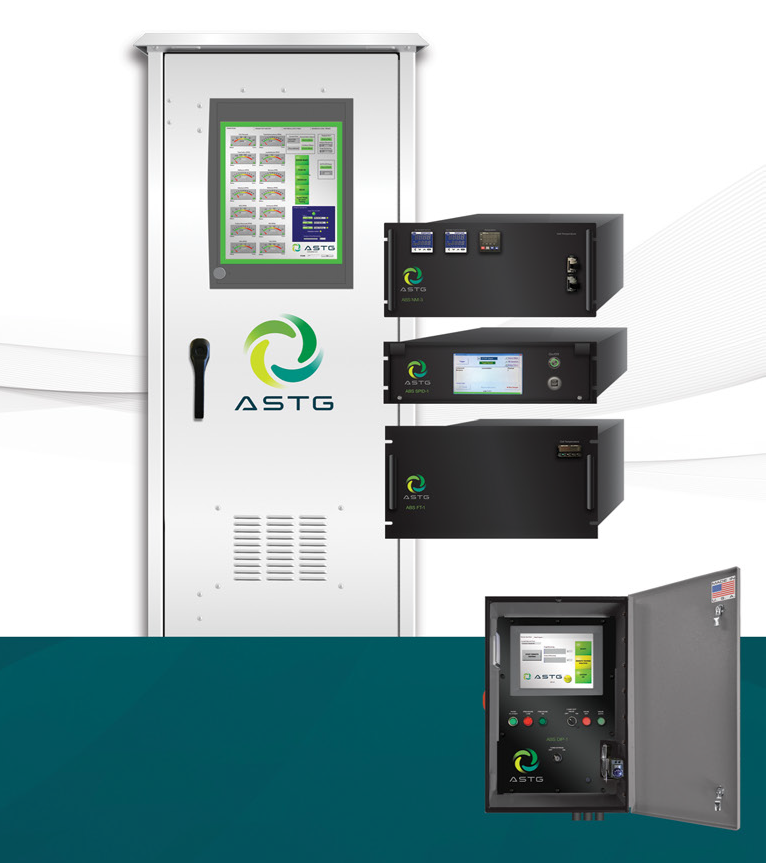Traditionally, carbon dioxide (CO2) utilized in the food and beverage industries was a byproduct of processes including ammonia production and natural gas processing.
In recent years, the industry has encountered increasing challenges related to the sourcing of CO2 due to heightened environmental concerns and the imperative for sustainability.
Consequently, they have begun to explore alternative sources of CO2, including fuel cells, anaerobic digesters, landfills, and direct air capture systems.
While these alternatives present potential benefits, they also introduce significant hazards that must be meticulously managed to guarantee product quality and safety.
Although promising in reducing the carbon footprint, these sources come with new risks and challenges.
Key Risks Associated with Alternative CO2 Sources
Chemical Contaminants
Alternative CO2 sources may introduce a range of chemical contaminants that are not usually found in traditional CO2 supplies. For instance, CO2 produced from fuel cells and anaerobic digesters can contain trace levels of harmful substances, including hydrocarbons, hydrogen sulfide (H2S) and heavy metals. These contaminants may pose major health risks and adversely affect the taste and quality of beverages.
Microbial Contamination
CO2 derived from biological processes, such as anaerobic digesters, has a greater risk of microbial contamination. Microorganisms such as pathogenic bacteria can infiltrate the CO2 stream, causing possible health hazards and spoilage of the final product. Implementing rigorous microbiological testing and sterilization is essential to avoid these risks.
Variability in Purity Levels
The purity of CO2 from alternative sources may be highly variable. For example, CO2 captured from landfills can contain volatile organic compounds (VOCs), fluorinated compounds, and other impurities, including mercury, absent in CO2 from regular sources.
In addition, these impurities can fluctuate and are not always present, undermining the effectiveness of “fingerprinting or spot checking” and underscoring the necessity for constant monitoring. This variability demands more strict monitoring and purification processes to ensure that CO2 meets the necessary standards for food and beverage manufacture.
Implementing Higher Standards of Testing and Monitoring
Regulatory Compliance
The regulatory landscape governing CO2 used in food and beverage production is always changing, with new standards and guidelines being established to address the unique risks connected with alternative sources.
Food and beverage producers must remain informed about these regulations and ensure their CO2 supply chains comply with the latest safety and quality standards. To alleviate the risks associated with alternative CO2 sources, the industry must implement a higher level of scientific rigor in testing and monitoring, which includes:
Advanced Analytical Techniques
Employing advanced techniques such as Cryo-GC-MS-MS, ICP-MS, IC-ECD and FTIR to detect a broad array of contaminants. As the list of potential contaminants from these new sources expands, the industry must be prepared to use advanced analytical technologies for constant monitoring of both the inlet and outlet aspects of the process to ensure safety and quality.
Comprehensive Risk Assessments
Conducting thorough hazard analyses and implementing robust sampling and analysis plans to identify potential blind spots.
Continuous Improvement
Regularly updating guidelines and standards to include the latest scientific knowledge and technological advancements.
Conclusions
While alternative sources of CO2 offer promising solutions for sustainability, they also present significant hazards that must be managed carefully.
The beverage industry needs to invest in rigorous quality control, advanced testing, and constant improvement to guarantee product safety and quality. By doing so, the industry can protect consumer health and uphold the integrity and trust in its brands.

Image Credit: ASTG

This information has been sourced, reviewed and adapted from materials provided by ASTG.
For more information on this source, please visit ASTG.